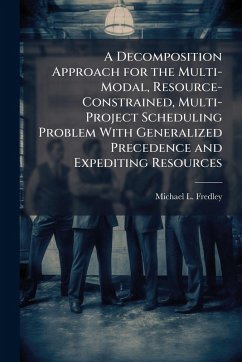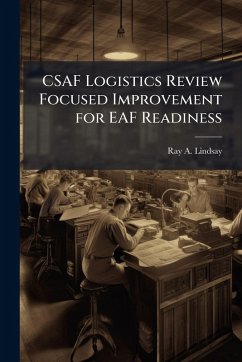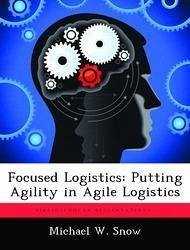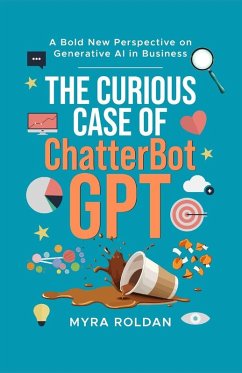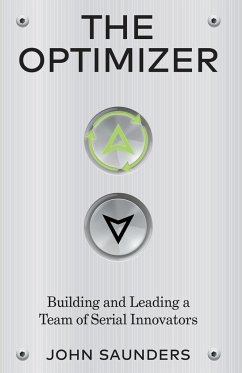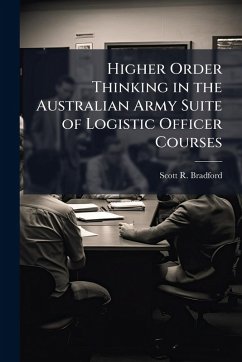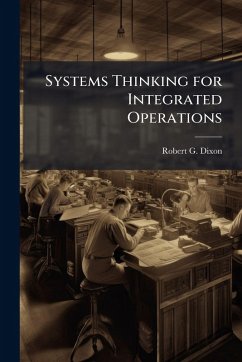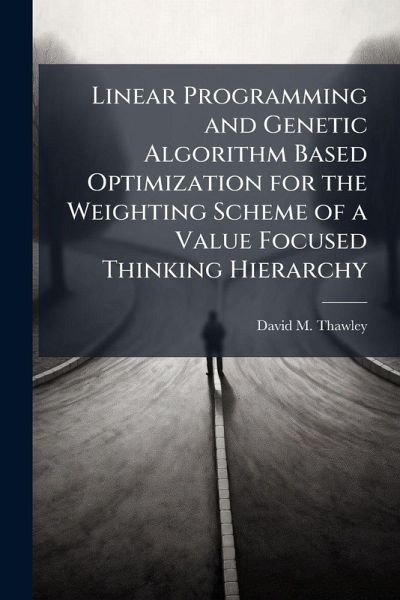
Linear Programming and Genetic Algorithm Based Optimization for the Weighting Scheme of a Value Focused Thinking Hierarchy
Versandkostenfrei!
Versandfertig in über 4 Wochen
17,99 €
inkl. MwSt.
Weitere Ausgaben:

PAYBACK Punkte
9 °P sammeln!
Deriving weights for a Value Focused Thinking (VFT) hierarchy demands considerable time and input from Decision Makers (DM) and Subject Matter Experts (SME). Often, the DMs and SMEs are the leaders of companies and organizations, and this required time is unrealistic with their schedules. In these situations, as well as scenarios where the are no available DMs / SMEs, conventional means of weighting a VFT hierarchy are impossible, and any VFT analysis is halted. When historical data exists on evaluation measures and performance of alternatives, linear programming and genetic algorithm based op...
Deriving weights for a Value Focused Thinking (VFT) hierarchy demands considerable time and input from Decision Makers (DM) and Subject Matter Experts (SME). Often, the DMs and SMEs are the leaders of companies and organizations, and this required time is unrealistic with their schedules. In these situations, as well as scenarios where the are no available DMs / SMEs, conventional means of weighting a VFT hierarchy are impossible, and any VFT analysis is halted. When historical data exists on evaluation measures and performance of alternatives, linear programming and genetic algorithm based optimization may be used to derive historically optimal weights for a hierarchy. Analysis may then be done to determine the utility of transposing these weights into a hierarchy to evaluate a current list of alternatives. This type of analysis is also useful in "first cut" weighting of a hierarchy, and therefore reduces the time demands for DMs/SMEs to complete the weighting process. This methodology can provide insight into any situation where historical information exists on ordinally ranked, competing alternatives. This work has been selected by scholars as being culturally important, and is part of the knowledge base of civilization as we know it. This work was reproduced from the original artifact, and remains as true to the original work as possible. Therefore, you will see the original copyright references, library stamps (as most of these works have been housed in our most important libraries around the world), and other notations in the work. This work is in the public domain in the United States of America, and possibly other nations. Within the United States, you may freely copy and distribute this work, as no entity (individual or corporate) has a copyright on the body of the work. As a reproduction of a historical artifact, this work may contain missing or blurred pages, poor pictures, errant marks, etc. Scholars believe, and we concur, that this work is important enough to be preserved, reproduced, and made generally available to the public. We appreciate your support of the preservation process, and thank you for being an important part of keeping this knowledge alive and relevant.





